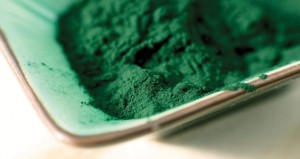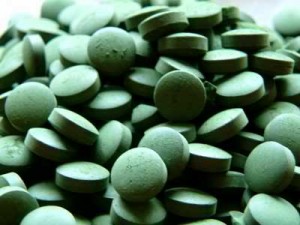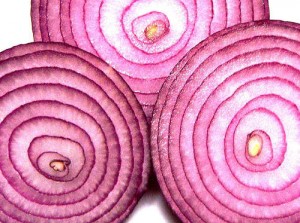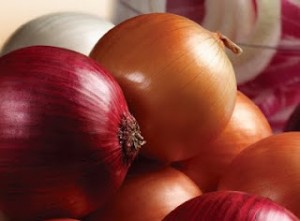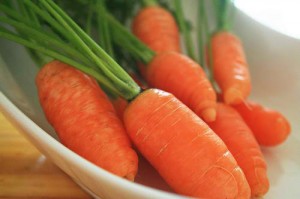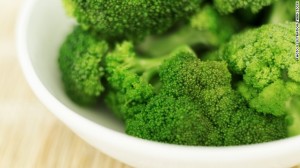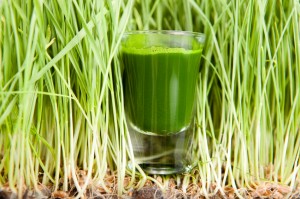 The health benefits from wheat grass are no longer news. Several products from the superfood sprung like mushrooms after researches unveiled the potential of wheat grass as the next big thing in the health industry. And next big thing, it truly was.
The health benefits from wheat grass are no longer news. Several products from the superfood sprung like mushrooms after researches unveiled the potential of wheat grass as the next big thing in the health industry. And next big thing, it truly was.
A mere 30 mL of freshly squeezed juice from wheat grass (a shot glass full) carries a nutritional value equivalent to that of a kilogram of leafy vegetable. If you think this is already impressive, you’d be more than surprised to find out that a teaspoon of powdered wheat grass (about 3.5 grams) contains the same level of nutrients found in an entire spinach salad. Wheatgrass also has twice the amount of Vitamin C from a kilogram of oranges, and doubled level of Vitamin A from a kilogram of carrots.
With this given, wheatgrass truly deserves to be a headline hugger. After all, it has more than ninety minerals – the highest number ever recorded for a superfood. More so, it contains 19 amino acids that serve as the building blocks of essential proteins. These work together with powerful enzymes, including:
- Protease
- Cytochrome Oxidase
- Transhydrogenase
- Amylase
- Lipase
- Superoxide Dismutase
These components brings forth a wide breath of health advantages that can uplift one’s well being and keep life threatening diseases at bay.
Greening Up the Blood…
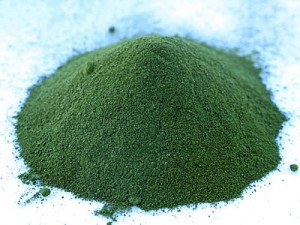 Health experts observed that the chlorophyll molecule of the grass mimics the nature of haemoglobin in the human blood, save for the differences in their internal element (magnesium for chlorophyll and iron for haemoglobin).
Health experts observed that the chlorophyll molecule of the grass mimics the nature of haemoglobin in the human blood, save for the differences in their internal element (magnesium for chlorophyll and iron for haemoglobin).
The similarities contribute to the ease of transforming chlorophyll into haemoglobin to increase the amount of RBCs in the blood. This allows more efficient delivery of nutrients and oxygen to different organs.
In the same vein, wheatgrass chlorophyll quickens the pace of building RBCs to normalize blood pressure and dilate blood vessels. The same benefit eliminates poisonous carbon dioxide inside the body and promote faster metabolism for weight loss.
Regularly drinking wheatgrass juice restores alkalinity of the blood to reduce over-acidity. As such, it can relieve internal pains and cure peptic ulcers, constipation, ulcerative colitis, and other digestion issues.
At the same time, wheatgrass serves as a natural antioxidant that can hamper the effect of carcinogens by detoxifying the liver and bloodstream.
Throwing Garbage Out from the Body
Speaking of detoxification, wheat grass has also been the new favourite of health conscious individuals with its ability to purge toxins inside the body. Taking both the juice and powdered grass is effective in battling out free radicals to cleanse various areas of the body.
With the ideal levels of saponin, wheat grass can support the lymphatic system that’s responsible for flushing out almost all kinds of toxins that entered the body. Nutritionists explain that regular intake of wheat grass eliminates hardened mucous, crystallized acids and solid wastes.
More From the Green
- Stronger immune system and resistance to diseases
- Protection against sickle cell anemia, anemia, and thalassemia
- Enhanced reproductive potency of both men and women / increased fertility
- Prevention of digestion-related problem, leukemia, diabetes, cancer, obesity, arthritis, etc.
- Healthier skin and treatment of acne, black heads, sun burns, etc.
- Regulated blood and cholesterol levels
